
Benjamin Rush was an American revolutionary, a Founding Father of the United States and signatory to the U.S. Declaration of Independence, and a civic leader in Philadelphia, where he was a physician, politician, social reformer, humanitarian, educator, and the founder of Dickinson College. Rush was a Pennsylvania delegate to the Continental Congress. He later described his efforts in support of the American Revolution, saying: "He aimed right." He served as surgeon general of the Continental Army and became a professor of chemistry, medical theory, and clinical practice at the University of Pennsylvania.
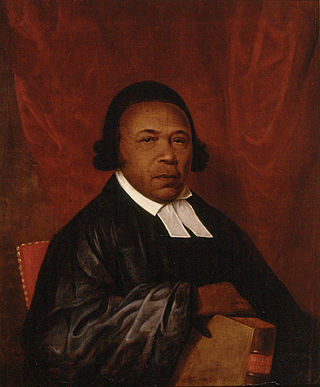
Absalom Jones was an African-American abolitionist and clergyman who became prominent in Philadelphia, Pennsylvania. Disappointed at the racial discrimination he experienced in a local Methodist church, he founded the Free African Society with Richard Allen in 1787, a mutual aid society for African Americans in the city. The Free African Society included many people newly freed from slavery after the American Revolutionary War.

The Mother Bethel African Methodist Episcopal Church is an historic church and congregation which is located at 419 South 6th Street in Center City Philadelphia, Pennsylvania, USA. The congregation, founded in 1794, is the oldest African Methodist Episcopal congregation in the nation.

Pennsylvania Hospital is a private, non-profit, 515-bed teaching hospital located at 800 Spruce Street in Center City Philadelphia, The hospital was founded on May 11, 1751 by Benjamin Franklin and Thomas Bond, and was the second established public hospital but had the first surgical ampitheatre in the United States. and its first medical library. It is part of the University of Pennsylvania Health System.
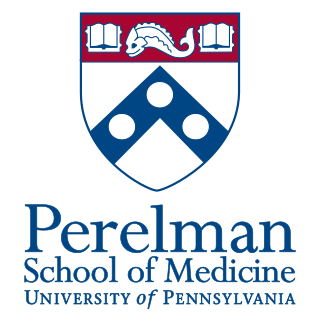
The Perelman School of Medicine, commonly known as Penn Med, is the medical school of the University of Pennsylvania, one of seven Ivy League medical schools in the United States. The medical school is based in Philadelphia. Founded in 1765, it was the first medical school in the United States.

William White was the first and fourth Presiding Bishop of the Episcopal Church of the United States, the first bishop of the Diocese of Pennsylvania (1787–1836), and the second United States Senate Chaplain. He also served as the first and fourth President of the House of Deputies for the General Convention of the Episcopal Church.

Daniel Alexander Payne was an American bishop, educator, college administrator and author. A major shaper of the African Methodist Episcopal Church (AME), Payne stressed education and preparation of ministers and introduced more order in the church, becoming its sixth bishop and serving for more than four decades (1852–1893) as well as becoming one of the founders of Wilberforce University in Ohio in 1856. In 1863, the AME Church bought the college and chose Payne to lead it; he became the first African-American president of a college in the United States and served in that position until 1877.
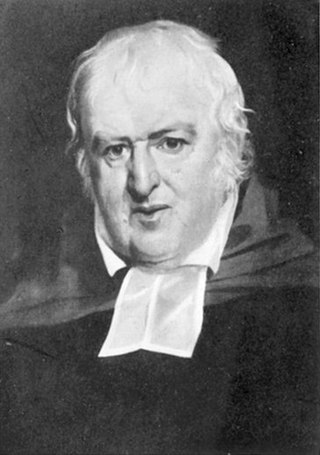
John Andrews was an American Episcopal priest; 4th Provost of the University of Pennsylvania (1810–1813), 3rd Vice Provost (1789–1810), and Professor of Moral Philosophy (1789–1813) of the same college; Principal of the Episcopal Academy of Philadelphia (1785–1789); Rector of St. Thomas Church in Garrison Forest, Baltimore County, Maryland (1782–1784); founder of the bases of York College of Pennsylvania (1776); Minister of St. Peter's Episcopal Church (1767–1770); lecturer; and author of published textbooks and sermons.
Drexel University College of Medicine is the medical school of Drexel University, a private research university in Philadelphia, Pennsylvania. The medical school represents the consolidation of two medical schools: Hahnemann Medical College, originally founded as the nation's first college of homeopathy, and the Woman's Medical College of Pennsylvania, the first U.S. medical school for women, which became the Medical College of Pennsylvania when it admitted men in 1970; these institutions merged in 1993, became affiliated with Drexel University College of Medicine in 1998, and were fully absorbed into the university in 2002. With one of the nation's largest enrollments for a private medical school, Drexel University College of Medicine is the second most applied-to medical school in the United States. It is ranked no. 83 in research by U.S. News & World Report.
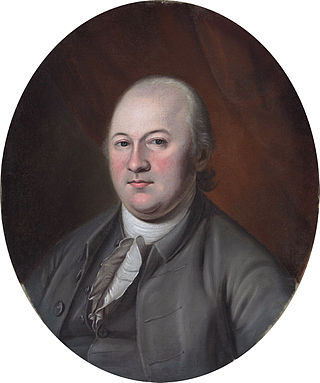
Thomas Wharton Jr. was a Pennsylvania merchant and politician of the Revolutionary era. He served as the first president of Pennsylvania following the Declaration of Independence from Great Britain.

St. David's Episcopal Church, also known as St. David's at Radnor or Old St. David's, is a parish of the Episcopal Church located at 763 South Valley Forge Road in Radnor Township, Pennsylvania. The church property contains the original church built in 1715, a chapel, church offices, school and cemetery. The property straddles the borders of Radnor Township and Newtown Township in Delaware County and the majority of the cemetery is in Easttown Township, Chester County. It was founded c. 1700 in the Welsh Tract section of the Province of Pennsylvania by Welsh settlers and has grown to be the largest congregation in the Episcopal Diocese of Pennsylvania with approximately 3,000 members. The original church and cemetery were placed on the National Register of Historic Places in 1978.

Thomas Reed Potts was an American physician, civic leader and the first Mayor of St. Paul, Minnesota. After graduating from medical school, Potts moved across the country and eventually found his way to the young settlement of St. Paul. Active in civic life and popular in his medical practice, he was elected as the first President of the Town Board. Despite a successful tenure, he tired of politics and retired after one term to continue his practice; however he did hold several key health-related positions. By the time of his death, he was the oldest doctor in the city and one of its most respected.
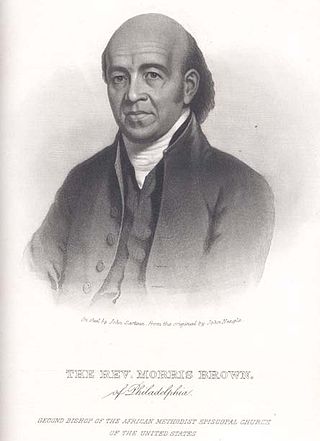
Morris Brown was one of the founders of the African Methodist Episcopal Church, and its second presiding bishop. He founded Emanuel AME Church in his native Charleston, South Carolina. It was implicated in the slave uprising planned by Denmark Vesey, also of this church, and after that was suppressed, Brown was imprisoned for nearly a year. He was never convicted of a crime.
Thomas Harrison Montgomery was an American businessman and writer from Philadelphia, Pennsylvania. He was best known for his genealogical and historical writings and his presidency of the American Fire Insurance Company, which he held for over 20 years until his death.

Clara Marshall was an American physician, educator, and author. She was dean of the Woman's Medical College of Pennsylvania from 1888 to 1917.
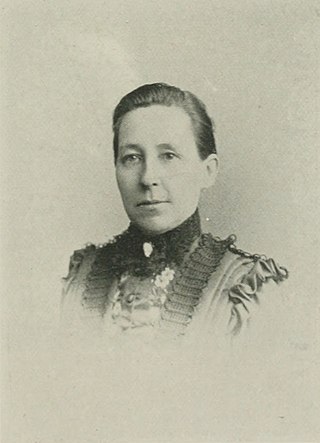
Caroline Matilda Dodson was an American physician and a founding member of the National Woman's Health Association of America.
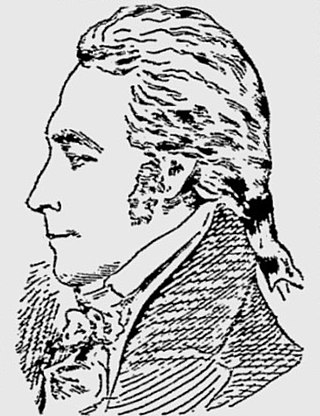
Charles Evans (1768-1847) was an American attorney, civic leader and philanthropist during the late 18th and early 19th centuries. He established the Charles Evans Cemetery, an historic, nonsectarian, garden-style, public cemetery located in the city of Reading, Pennsylvania.
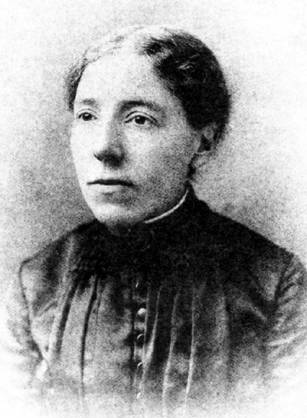
Anna Elizabeth Broomall was an American obstetrician, surgeon, and educator who taught obstetrics at the Woman's Medical College of Pennsylvania. She established the first maternal health and prenatal care clinic in the United States, located at the Woman's Hospital of Philadelphia, and used surgical innovations to reduce maternal mortality.
Joseph Cassey was a French West Indies-born American businessman, real estate investor, abolitionist, and activist. He prospered as a barber, and as well as a wig maker, perfumer, and money-lender. He lived in the historic Cassey House in Society Hill, and was active in the African American elite community in Philadelphia.
















